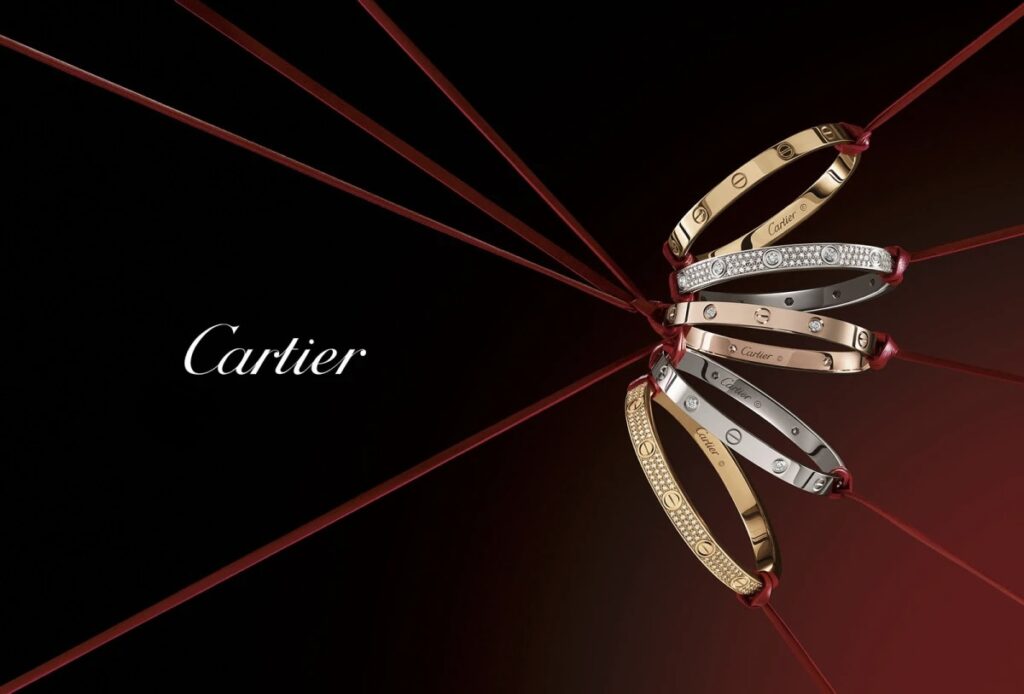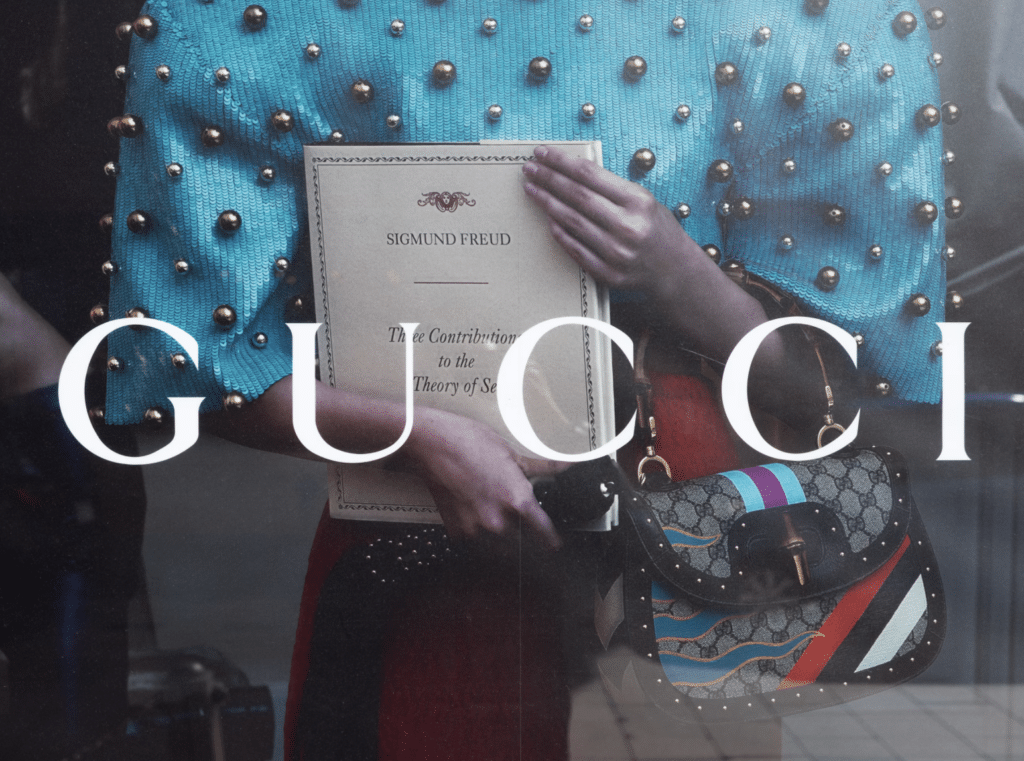Adidas lost the latest round in a years-long fight over its 3-stripe trademark. In a decision issued on Wednesday, the European Union General Court upheld the European Intellectual Property Office (“EUIPO”)’s Second Board of Appeal’s decision that the German sportswear giant’s mark – which consists of “3 parallel equidistant stripes of identical width applied on the product in any direction” – lacks the necessary distinctiveness to be protected as a trademark, a blow in adidas’ global quest to secure and enforce rights in the famous 3-stripe design.
In addition to primarily asserting that adidas’ 3-stripe mark is not a pattern mark, as adidas has asserted, but instead, an ordinary figurative mark, meaning that it has fixed proportions, the General Court held that the sportswear brand failed to show that its largely well-known mark had acquired the necessary “distinctive character” throughout all 28 countries of the EU in order to qualify for legal protection.
In order to be protected by trademark law, a trademark needs to be distinctive, i.e., “consumers should be able to recognise your sign for what it is: as an indication of origin [of the product upon which it appears],” according to the EUIPO. In short: a trademark – whether it be a brand name or logo – must serve to distinguish one company’s products from those of another. With that in mind, a company can prove distinctiveness (assuming the mark is not inherently distinctiveness and here it isn’t) by way of a combination of factors, including a showing of how broadly it advertises its trademark, sales success in connection with products bearing the specific trademark, and third party media outlets’ coverage of the trademark, among other things.
As the court aptly notes, “A mark can be registered [in the EU as a whole] only if it is proved that it has acquired distinctive character through use throughout the [entire] territory of the EU” and its 28 member state countries.
While the court states that a party need not show separate evidence of distinctiveness for each and every member state, as companies may “group several Member States together in the same distribution network and have treated those Member States, especially for marketing strategy purposes, as if they were one and the same national market,” the evidence submitted “must be capable of establishing such acquisition [by that mark of distinctive character through use] throughout [all of] the Member States of the EU.”
The court asserts that in adidas’ case, “it is common ground that the mark at issue is inherently devoid of distinctive character throughout the whole of the EU,” in large part because the only evidence submitted by adidas “that is relevant is the five market surveys … which were completed in only five Member States and therefore cover [only] a part of the EU.”
As such, the court sided with the EUIPO and Shoe Branding Europe BVBA, the latter of which first sought a declaration of invalidity of the mark in late 2014 (not long after adidas was issued its registration for the mark), while the two parties were already in the midst of an adidas-initiated litigation over Shoe Branding’s use of a “confusingly similar” 2-stripe mark on footwear of its own.
While the General court clearly ruled in favor of the EUIPO and Shoe Branding, this case might not be over, should adidas appeal to the higher Court of Justice of the European Union. And even if this case is over, it is worth noting that adidas maintains a number of other EU registrations for its 3-stripe mark, in addition to an array of rights in a mass of other jurisdictions, as well, such as the U.S., where the German brand’s growth continues to outpace its closest rival, Nike.
“This ruling is limited to this particular execution of the 3-stripe mark and does not impact on the broad scope of protection that adidas has on its well-known 3-stripe mark in various forms in Europe,” the brand said in a statement following the decision.
In other words, the power of adidas’ stripes persist.
*The case is adidas AG v. European Union Intellectual Property Office (EUIPO) and Shoe Branding Europe BVBA, T‑307/17.














